China’s financing and investment spread across 61 BRI countries in 2023 (up...
2024-02-27 31 英文报告下载
The debt-to-GDP ratio in LICs rose steadily from the 1970s to the early 1990s. The share of debt held by the official sector rose, while that of the private sector shrank. As debt levels and interest payments became unsustainable, many LICs fell into arrears and requested rescheduling. Pre capita growth in LICs was negative for two decades before debt relief in the late 1990s. LIC governments initiated externally financed projects in the hope that these would spur growth. But as with LAC countries, debt was often used to finance investment in uncompetitive domestic manufacturing, investment in infrastructure of questionable value, and expansion of current spending, rather than to finance productive expenditures that could boost exports or potential output (Greene 1989). Thus projects financed by debt were often unproductive or economically unviable (Krumm 1985). Debt burdens in several countries in this period were also exacerbated by conflict and civil strife (Cameroon, Democratic Republic of Congo, Zambia; IMF 1998a). Unsustainable debt levels. Facing many of the same challenges as LAC countries, including rising interest rates and deteriorating terms of trade, LICs found it increasingly difficult in the 1980s to service their debt obligations, with many falling into arrears.
Countries that had borrowed on the syndicated loan market at variable rates were particularly affected (Democratic Republic of Congo, Côte d’Ivoire, Malawi, Niger, Senegal, Zambia; IMF 1998a). Whereas the Latin American crisis was eventually resolved via debt forgiveness and restructuring, the resolution of debt crises in LICs was even more prolonged, with durations of default averaging 13 years, and in several cases significantly longer. Multilateral organizations, including the World Bank and IMF, provided financial support for adjustment and reform programs, while the Paris Club official creditors agreed to “flow rescheduling,” under which delays in debt principal and interest payments were allowed during the period of an IMF program. However, while these policies helped with liquidity issues, they resulted in a further steady increase in debt stocks: Average debt of LICs exceeded 100 percent of GDP by 1994 (Daseking and Powell 1999). Many countries had repeated reschedulings in this period, with the average LIC country agreeing to four reschedulings of debt with the Paris Club between 1980 and 1996, highlighting the failure of this approach to provide lasting resolution to the debt issue (Callaghy 2002). New loans from official creditors were often used to pay interest on loans to private creditors, so that by 1996 the share of external LIC debt owed to the private sector had fallen below 10 percent (Easterly 2002; Sachs 1989).

标签: 英文报告下载
相关文章
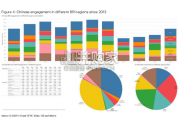
China’s financing and investment spread across 61 BRI countries in 2023 (up...
2024-02-27 31 英文报告下载

Though the risk of AI leading to catastrophe or human extinction had...
2024-02-26 52 英文报告下载
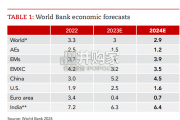
Focusing on the prospects for 2024, global growth is likely to come i...
2024-02-21 96 英文报告下载
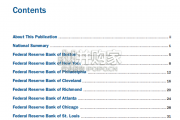
Economic activity declined slightly on average, employment was roughly flat...
2024-02-07 67 英文报告下载
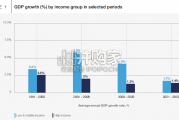
Economic growth can be defned as an increase in the quantity or quali...
2024-02-06 82 英文报告下载
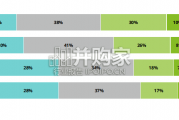
In this initial quarterly survey, 41% of leaders reported their organizatio...
2024-02-05 66 英文报告下载
最新留言